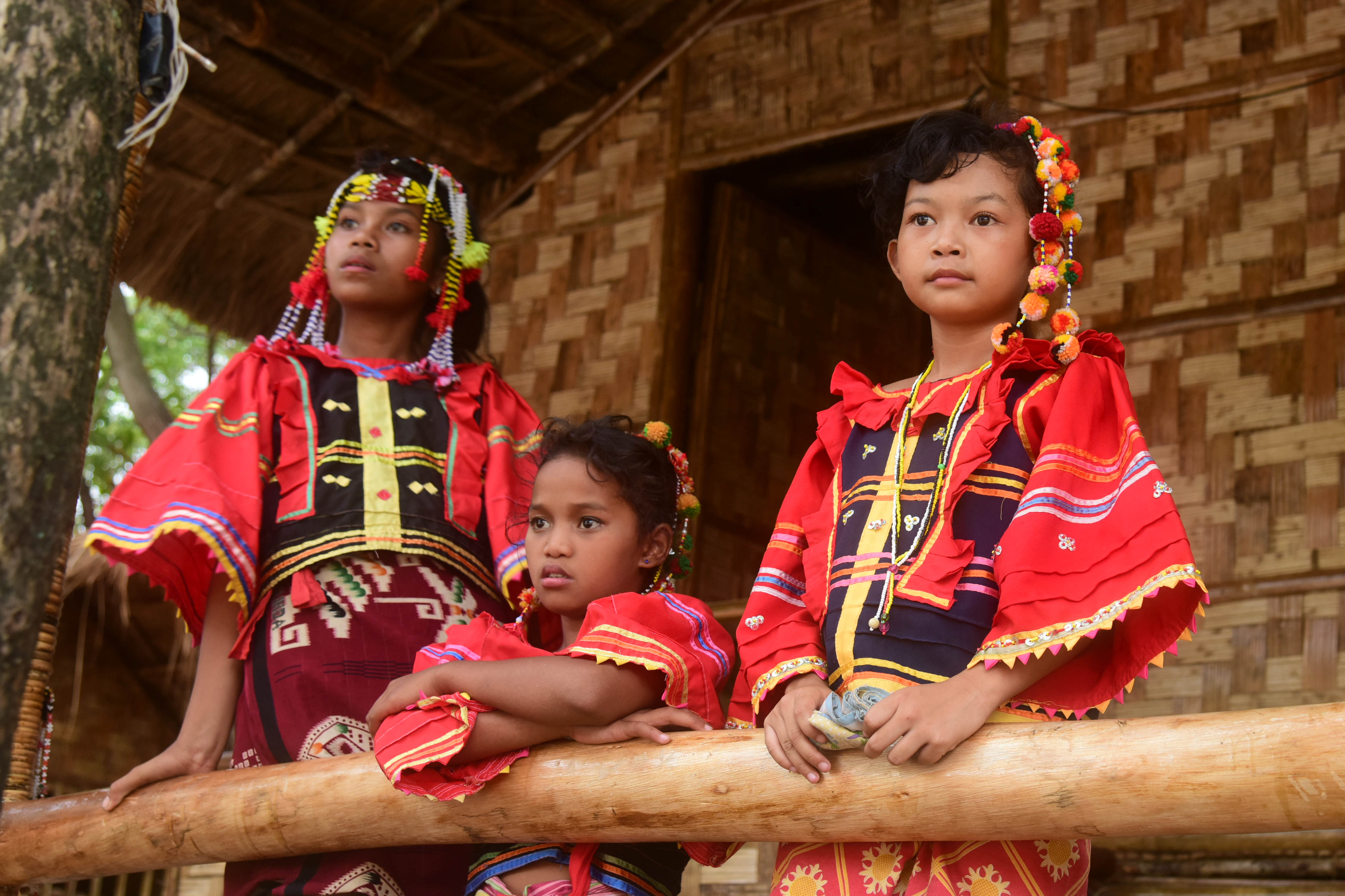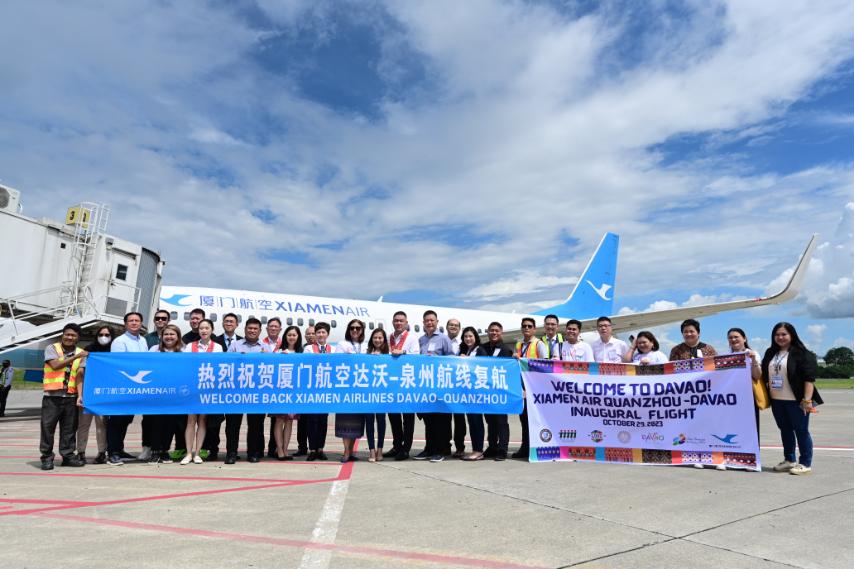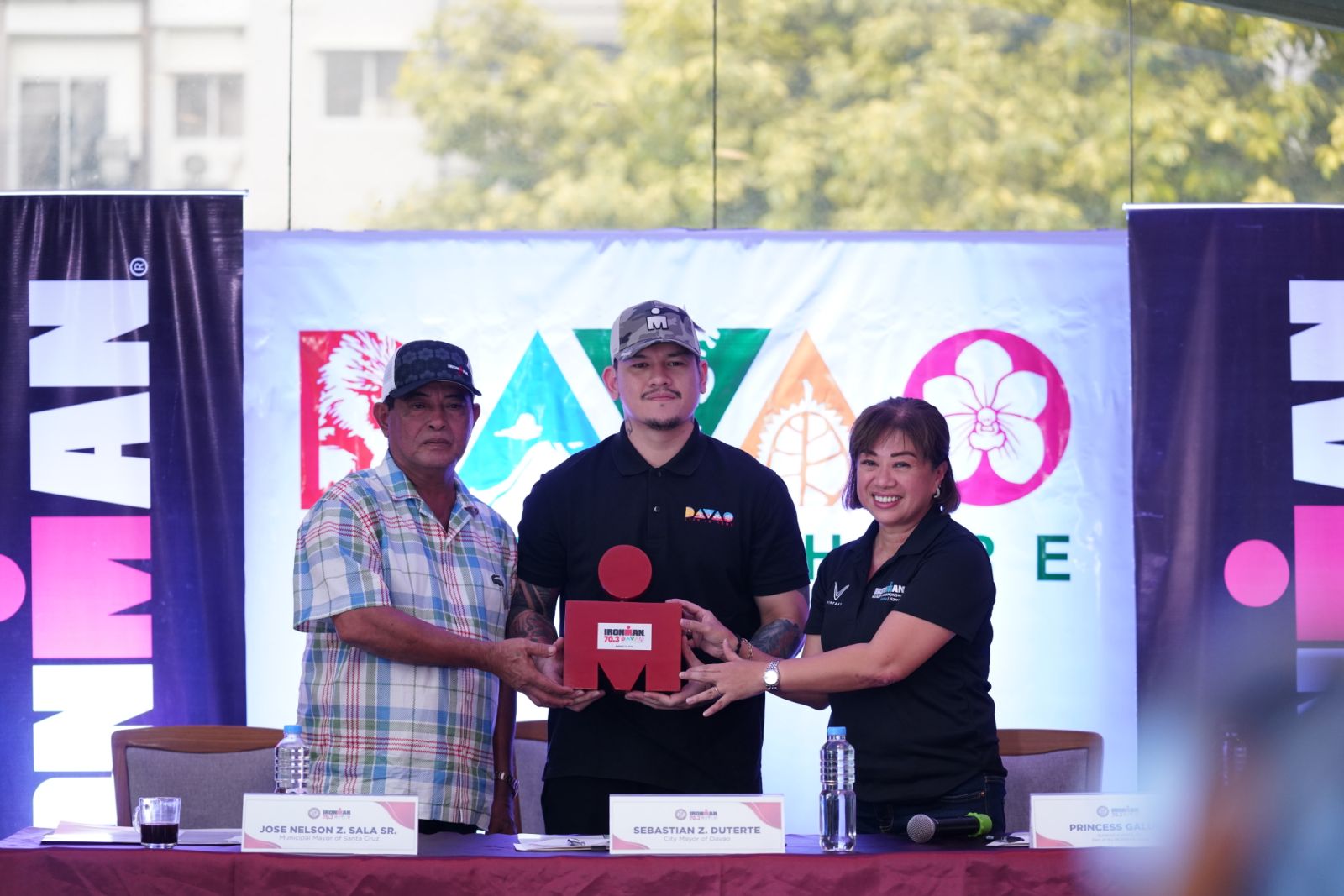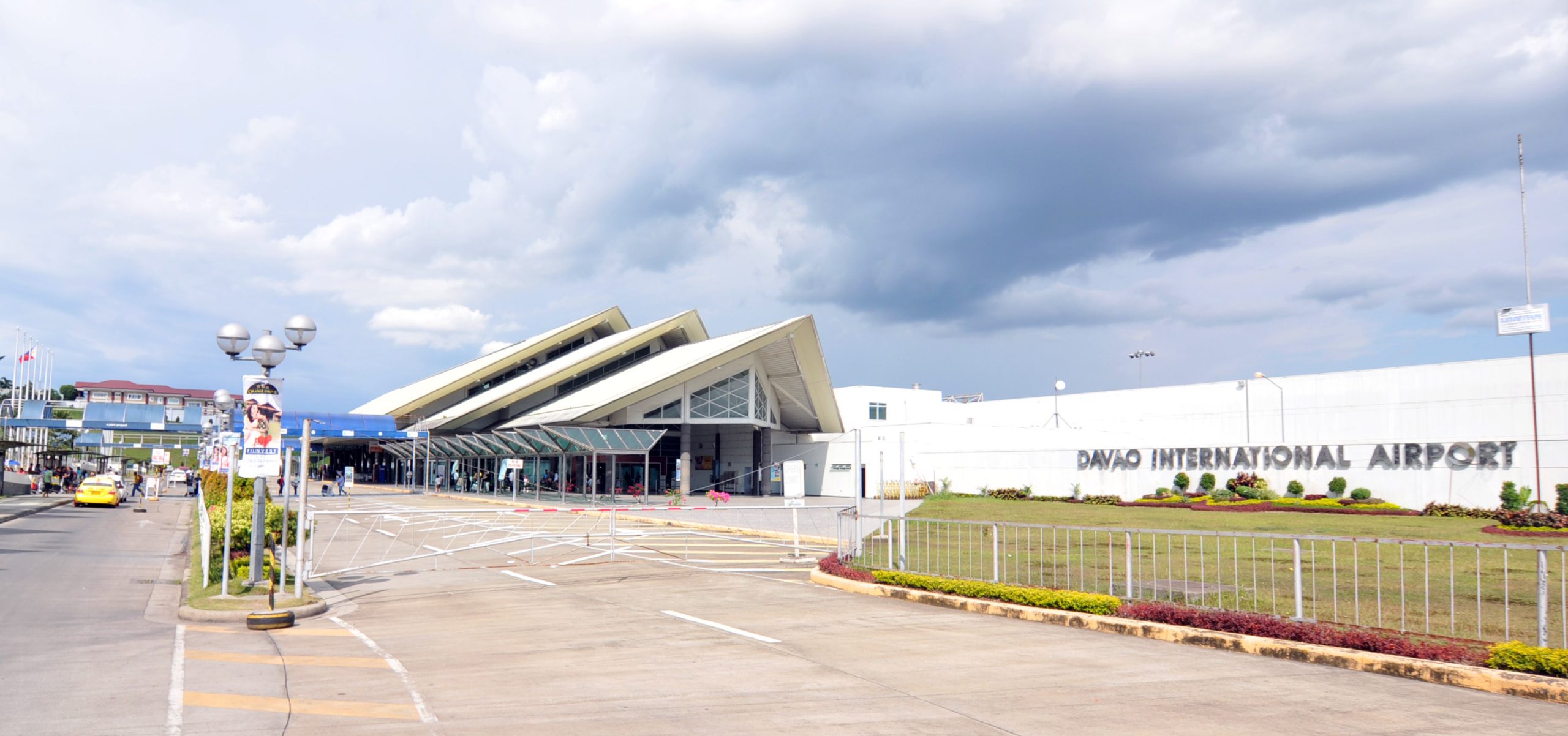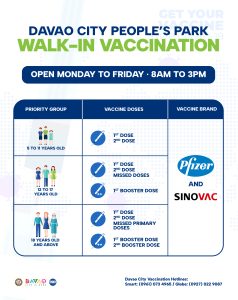Everyday since the start of the Kadayawan month, hundreds of people would flock inside the Magsaysay Park of Davao to visit the Tribal Village.
Eleven houses representing each of the 11 tribes of Davao City form the village, giving visitors a glimpse of the tribes’ way of life.

The village allows people to experience each of the tribe’s unique culture and tradition — feeding their curiosity and fulfilling their desire to have a taste of the delicious cuisines, listen to their songs, appreciate their dances, and marvel at their craftsmanship and artistry.
Rovelyn Ali Bontilao, the house in-charge of Ata tribe, said this year’s work reflect on the tribe’s actual daily living — which is characterized by simplicity.
“We put a dirty kitchen to reflect on how we live in the mountain. A chair is also placed near the stairs as part of our culture,” she said.

Maranao artist Alvin Nasib said the Maranao house tells about the grandeur of the Torogan, the traditional house built for the sultans, their wives, and children.
As part of the Tribal Village, Nasib is hopeful that the Marano house can also convey the message of peace to others.
“Because of what happened in Marawi, it reflects a bad image in Maranao. We now appeal to the people (to see us) through our tribal house that we, the Maranaos, are peace-loving individuals,” he said.
Iranun Deputy Mayor Pamikeren Latip Arumpac, Jr. said the beauty of the village lies within the friendship of the 11 tribes.
He said the Iranuns want to send the message that the Moros are not violent people — but are compassionate and warm people.
“If you can see our traditional house, we do not have a fence because everybody is welcome to come up here and witness and experience our colorful culture,” Arumpac said.
Arumpac also said that the Iranuns are disciplined and friendly individuals, who want peace, not only for their community, but also the entire world.
As for Nora Radjab of the Tausug tribe, seeing people visit their “bay” (house) is a happy experience for her.
“With the tribal village, we can show that we live a simple life and our ways are simple, just like the other tribes — we get our livelihood from fishing and doing business, just like other people.”

The Tribal Village has been a Kadayawan attraction since 2017, showcasing the 11 different tribal houses of the six Moro tribes: Tausug, Maguindanaon, Iranun, Kagan, Maranao, and Sama and five Lumad tribes — Klata, Ata, Ubo Manuvo, Matigsalog, and Tagabawa. Members of each tribe show visitors how they cook food and build their houses.
This year, the Tribal Village was given a fresh look with renovated tribal houses.
“For this year, we renovated the houses. Everything is just the same, we just try to improve it every year. The tribal village has become a tourist spot,” said Gene Rose Tecson, the chief of the City Tourism and Operations Office (CTOO).
She said the renovation was done by each tribe represented in the village. The lumad group received a budget of P150,000 and P250,000 for the Moro group for the renovation of their houses.
“They have different budgets because the materials used for the construction of the lumad houses are cheaper compared to the materials used for the Moro houses,” Tecson said.
Joyce Abril, a visitor from Kidapawan City, said the Tribal Village reflects the unity of the 11 tribes where the Lumads and Muslims only show love and care for their fellow Dabawenyos.
“It fascinates me how they (live) together, there are no signs of hatred only friendship. This reflects how united Dabawensyos are,” Abril said.

The Tribal Village is open Mondays to Sundays, from 8 a.m. to 10 p.m. at the Magsaysay Park. Every Saturday and Sunday of August, the 11 tribes showcase their culture through sing and dance during the Bantawan Cultural Presentation at the Magsaysay Park Ampitheater.

